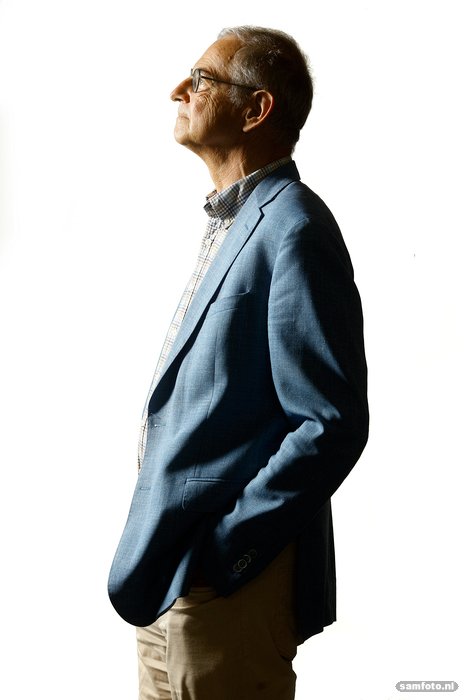View of Frans van de Ven
We have learned to deal with flooding in the built environment, says hydrologist Dr Frans van de Ven (CEG and Deltares), but we have less experience with drought. He thinks it is time for that to change.
"The problem with drought is that, unlike flooding, it does not cause much acute visible damage. The most well-known problem is the rotting of wooden pile foundations and the damage this causes to buildings. But that only comes to light after many years. The same applies to the effect of drought on subsidence: droughts cause subsidence, but the change occurs very slowly. Water quality also deteriorates during a period of drought, but you only notice this when you are no longer able to swim due to blue-green algae or become ill from swimming in polluted water.
Droughts exacerbate heatwaves in urban areas because the city cannot get rid of its heat through evaporation. The heat also causes more deaths from cardiovascular diseases and other ailments, and the mortality rate in a hot summer is much higher. And then there is the stability of the peat dykes – an example is the flood in Wilnis – and the increased fire risk due to dried-out urban greenery.
Droughts have many consequences, but only a very few people are sufficiently aware of them. We have discovered that our society is not equipped to deal with drought in the built environment. How can we get water to the city? How can we keep water in the city? During a drought, you want the water in Delft’s canals and the groundwater to remain at a certain level, and maybe you want to water the public green spaces. With the advent of increasingly hot summers, the need for irrigation is growing. Hopefully, we will not try to solve this using drinking water.
But how otherwise? We are currently trying to get the research programme Drobe (Drought in the Built Environment) off the ground. We want to retain water in surface water catchments and in aquifers with active groundwater level management. We are currently experimenting with this in rural areas. Trials have been conducted in urban areas to replenish the groundwater with surface water via reverse drainage, to ensure that the water does not sink too deep and that the plants can hold on to it. But you can control this more intelligently and that requires research. You need to find a balance between high and low; you don’t want to end up with water in your basements.
We also want to know to what extent active groundwater level management prevents subsidence. There are many research questions involved. And then there are the drinking water reservoirs, which are in danger of drying up due to droughts. There was a severe shortage of drinking water in South Africa last year. In the Netherlands, we pump drinking water from areas outside the city, but that also has consequences.
According to the Delta Programme, Dutch cities must be climate resistant by 2050, which also means they will have to also be drought and heat resistant. That goal can only be achieved if you know how to go about it. So the universities all face a major challenge ahead, particularly TU Delft with its expertise in civil engineering, architecture, public administration and drinking water treatment.”
